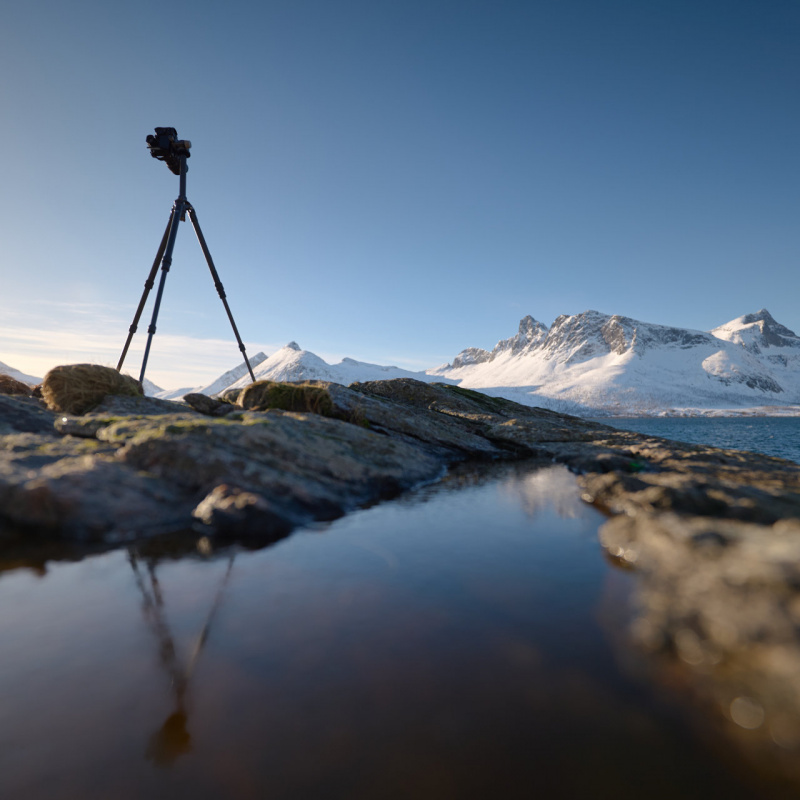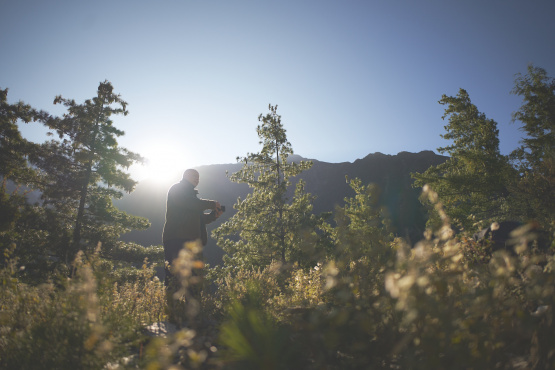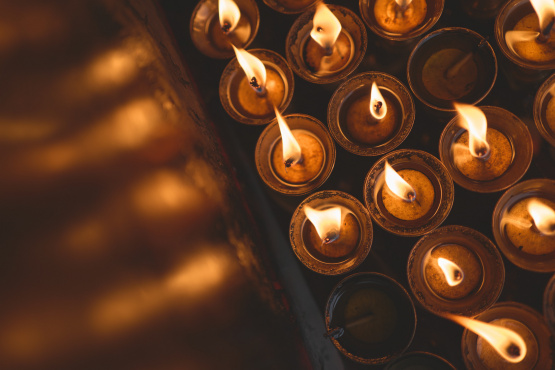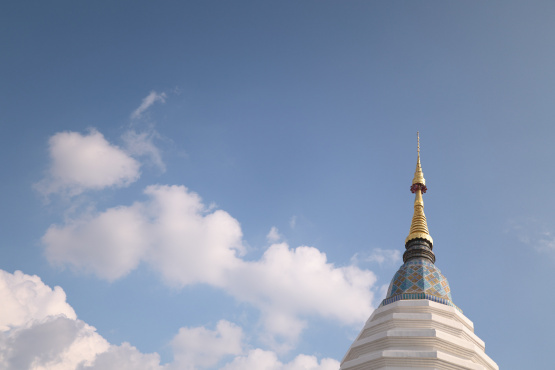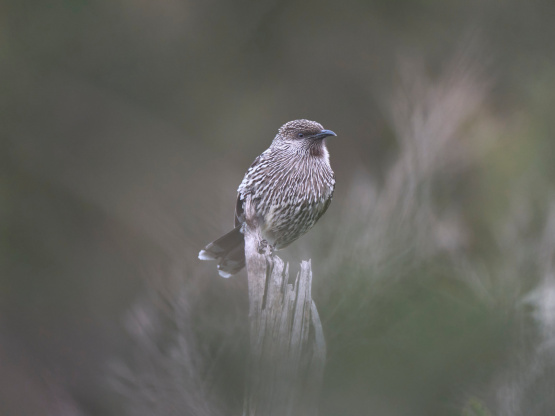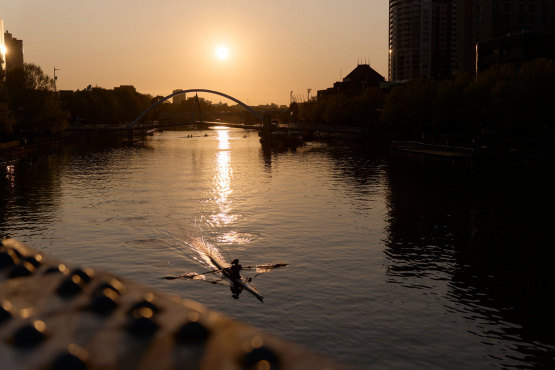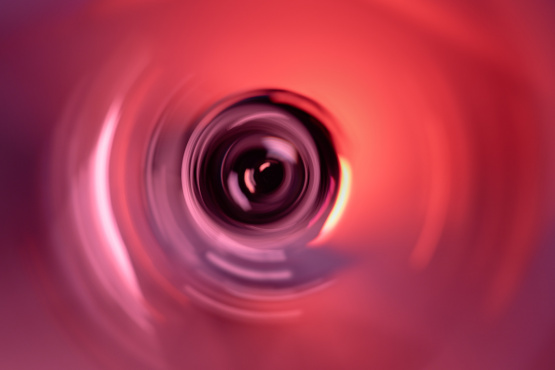When I first decided to combine my love of photography with a desire to travel I realised that I was entering into a craft for which there were very few teachers. A handful of inspirational trail blazers dotted my career landscape, people such as Richard I'Anson who brought the Lonely Planet books to life in photos, or Ken Duncan who has redefined landscape art in Australia.
There are no university degrees that intentionally cater for budding travel photographers, and many of the professional bodies representing photography don't even recognise the classification. Canon Professional Services in Australia still does not provide a category for Travel Photographers when you try to fill in the membership form.
The absence of career paths, courses of study and recognition within the photographic community has preserved travel photography as something of a frontier, a wild outpost of reckless individuals who disobey convention and make their own fortunes. Thank goodness.
PREDICTABILITY
Commercial photography is a world of order and control, a place where honed skills can be applied to produce predictable outcomes. This is necessary and vital for commercial clients, who need to know what they're getting. My clients in the travel industry are somewhat less certain of what they will get before I head off on a trip. That's what I love about it.
Travel is sometimes regarded as a shoot from the hip form of photography, where the restrictions of time and place determine the boundaries of possibility. By comparison the studio is a place of unlimited potential where the photographer controls every aspect of the image. But only when viewed through the eyes of an artist.
In the absence of creative inspiration the studio becomes a production line and the camera becomes a machine – input light and output the photo. If you take the artistic expression out of travel photography you are left with just a very badly designed studio where lighting and subjects are uncontrollable variables. Genuine travel photography is not shoot from the hip, it's shoot from the heart.
Skills are still important where art is the objective. Experience and knowledge behind the camera makes an impact on the quality of emotion captured in each frame. The more you practice your art the better your art will be, and the more prepared you are when the moment is upon you. Such moments can be fleeting in the world of travel, more ethereal than our studio bound cousins would normally anticipate.
Against that challenge of transience is the gift of the unexpected, a world filled with sudden surprises that you could never recreate with intent. The unpredictable nature of travel is its very charm, it is the magic ingredient that you wont find in any studio.
PREPARATION
One of the major requirements for a travel photographer is to be prepared. Sounds simple enough, but in practice it can be hard to stay on top of. Little things like always having the second battery charged and ready, configuring your camera to a baseline, or resetting lens and body back to the baseline after every deviation. Keeping your camera bag organised and fully packed is a hard lesson to learn – there is always a temptation to lighten the kit for a day or leave a few heavy items at the hotel when you go for lunch.
Being prepared at all times is half the battle, getting enough practice with your kit and new techniques is the other half. You wouldn't try out for an Olympic event without constant practice and a dedicated regime of training, so likewise you can't expect to photograph your best work if you only pick up a camera once a month. Practice is essential.
These guides are intended to provide you with inspiration about many themes that you may not have seen in previous photographic studies. Sometimes they may even seem to contradict with you have already learned. Studio photography is not the same as travel, the rules are different, the demands are different and the results are worlds apart. My views may be at odds with your camera club, professional mentor or favourite text. That's OK, one of us may simply be wrong or we could be operating in a unique context.
I advise less experienced photographers to work from shutter priority when learning to master their craft. This is often a point of contention, as commercial photographers rarely use this mode. In a studio your depth of field is the vital ingredient, measured out in exact doses to achieve specific effect, and always with lighting on tap to get the job done. Even film speed is something a studio photographer can overcome with manipulation of the set – just add more light. The use of tripods to keep shots locked from one frame to the next happens to provide a stable platform that avoids blur from subtle movements of the camera during the exposure.
Shutter is not of great concern for the majority of studio techniques.
Travel is the opposite. Light is fleeting, elusive, quick and inconvenient. Sometimes there is too much, none at all, or just a little bit less than you thought you needed; the hardest kind of light to assess. A nicely composed shot is of little value if your hand-shake is noticeable during a slow-shutter exposure. Often I don't even get a chance to stop moving when a moment presents itself, so being in control of the shutter speed is vital to me.
Being in control of the subject, however, is the antithesis of my philosophy. I want to capture moments of real life, real people and real emotion. There are no models in my shots, no trained wildlife and no manufactured props. What I see is what I shoot. One some occasions I take a set shot with someone posed intentionally. I am usually disappointed with the image, and with myself, when I come back to view that image later and consider what is absent; reality.
PERMISSION
People often ask how I handle the issue of getting permission to photograph strangers. When I ask for consent to take a photo it is a matter of courtesy and respect. It is not a legal agreement. I have no consent forms requiring a signature, I prefer not to use them. The reason is simple – how can I possibly expect a person from another culture to appreciate my intended use for that image? Usually I have no idea what my use will be, but even more challenging would be to convey that use to a stranger who speaks a different language, who has no appreciation for what kind of publication I might work with.
Even if they understand that I intend to sell a photo for my livelihood, how do I know if they could appreciate the potential for their smile to be printed on the cover of a book worldwide? I could have them sign a piece of paper, but how can that be meaningful if they are not truly aware of what it means?
This process also reduces our experience to a transaction, as though they were hired to pose in my studio. And how do you assess the correct financial merits of that situation? Is a mother holding a baby in a rice paddy providing me with a professional service that requires payment? If I were to give them a copy of the photo should I reciprocate by charging them a fee for the expensive equipment that was used to shoot it?
This way of thinking does little to foster creativity or kinship. These are commercial studio considerations.
I didn't become a photographer so I could deal in model releases, just my creative releases. The absence of legal document does limit what I can do with images I shoot, but not what I experience. Travel photography should not merely be about the photographs – the photographs should be about your experience.
The desire to experience life and the world is why we want to get out of the studio in the first place.

Keep Reading
Join Ewen's newsletter for monthly updates on new photography articles and tour offers...Subscribe Here


